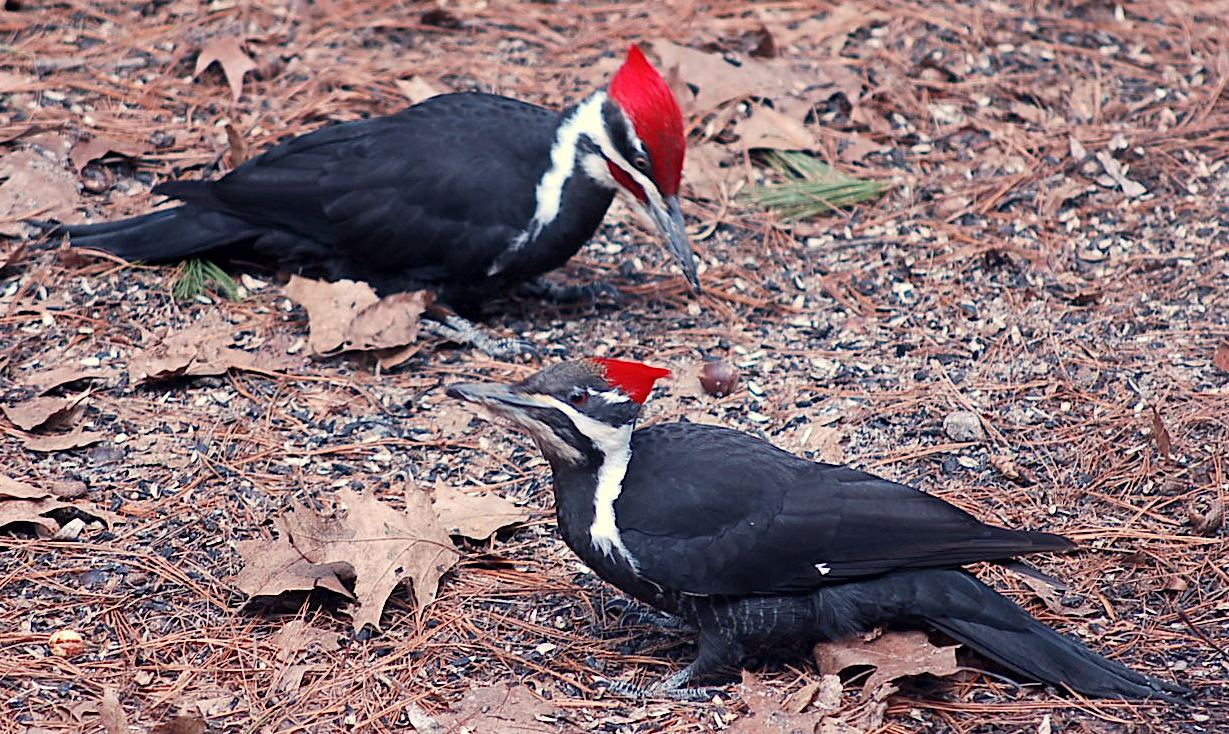Discover the Interesting Globe of Woodpeckers: Every Little Thing You Need to Know
The world of woodpeckers is a world loaded with unique habits, detailed adaptations, and a varied array of varieties. From their habitats and circulation patterns to their feeding routines and specialized physiological features, woodpeckers have long captivated the rate of interest of ornithologists and nature enthusiasts alike. Recognizing the ins and outs of these interesting birds gives a peek right into the complicated interaction in between their biology and the setting. As we discover the world of woodpeckers additionally, we discover a riches of info that sheds light on their importance in ecological communities and the difficulties they encounter in an ever-changing world.
Woodpecker Habitats and Circulation
In North America, for instance, woodpeckers can be detected in both coniferous and deciduous woodlands, utilizing their strong beaks to forage for bugs and develop nesting cavities in trees. In Africa, specific woodpecker varieties have actually adapted to arid environments, such as the acacia timberlands, where they play an essential function in controlling insect populaces.

Feeding Behaviors and Diet Plan
Amongst the numerous facets of their behavior, woodpeckers display distinctive feeding practices and dietary choices. These birds are primarily insectivores, with a diet plan that includes ants, beetles, caterpillars, and various other bugs discovered in trees. Woodpeckers use their solid beaks to pierce right into the bark of trees, penetrating for bugs and larvae concealed underneath the surface area. Along with pests, woodpeckers additionally eat nuts, seeds, fruits, and sap. Some varieties have actually specialized tongues with barbed pointers that aid them extract insects from gaps in timber.
Woodpeckers are recognized for their drumming behavior, which serves not just to interact with various other woodpeckers however additionally to locate food. The quick article drumming audio is developed by the bird pecking on resonant surface areas like dead trees or steel posts. This behavior can bring in pests hidden in the timber, enabling the woodpecker to detect their presence and feed upon them.
Distinct Adjustments for Tree Climbing
In their adept pursuit of insects concealed within tree bark, woodpeckers have progressed exceptional physiological features that furnish them with one-of-a-kind adaptations for effective tree climbing. Woodpeckers have solid neck muscle mass and an unique skull framework that soak up the effect of continuous pecking, permitting them to climb up up and down without creating injury to their minds. These adjustments display the extraordinary evolutionary layout that enables woodpeckers to navigate trees with precision and Click This Link efficiency.
Diverse Woodpecker Species Worldwide
With over 200 various types spread out throughout different environments worldwide, the household of Picidae encompasses a remarkable variety of woodpeckers. These birds can be located in forests, timberlands, savannas, and even urban areas, showcasing their flexibility to various settings. From the legendary Northern Flicker in The United States And Canada to the vivid and elusive Crimson-backed Flameback in Asia, each woodpecker species exhibits one-of-a-kind features in terms of quill, behavior, and environment preference.
Woodpeckers vary substantially in size, with the small Downy Woodpecker measuring around 6-7 inches in length, while the effective Lineated Woodpecker can rise to 17 inches - Woodpeckers in Florida. Their beaks additionally find out this here come in different sizes and shapes, mirroring their feeding routines. Some types focus on extracting bugs from tree bark, like the Acorn Woodpecker, while others, such as the Black-cheeked Woodpecker, prey on fruits and seeds

Conservation Initiatives and Challenges
Conservation initiatives for woodpecker populations are essential in alleviating the effect of environment loss and other hazards encountering these varied avian varieties. Woodpeckers deal with different obstacles to their survival, largely because of logging, urbanization, environment change, and invasive species. To address these issues, conservation efforts concentrate on securing and bring back woodpecker habitats, carrying out lasting forestry methods, and increasing recognition concerning the value of these birds in environments.
One substantial challenge in woodpecker preservation is the fragmentation of their environments, causing separated populaces that are extra prone to termination - Woodpeckers in Florida. Guardians work to create wildlife corridors and secured locations that attach these fragmented environments, allowing woodpeckers to relocate in between various areas for feeding, breeding, and sanctuary

Verdict
Finally, woodpeckers are interesting birds with unique adjustments for tree climbing and feeding habits. They can be located in varied environments worldwide, dealing with conservation difficulties due to habitat loss and human activities. Comprehending their habitats, diet plans, and behaviors is crucial for conservation initiatives to secure these important bird species. Further study and preservation actions are required to ensure the survival of woodpeckers in the wild.